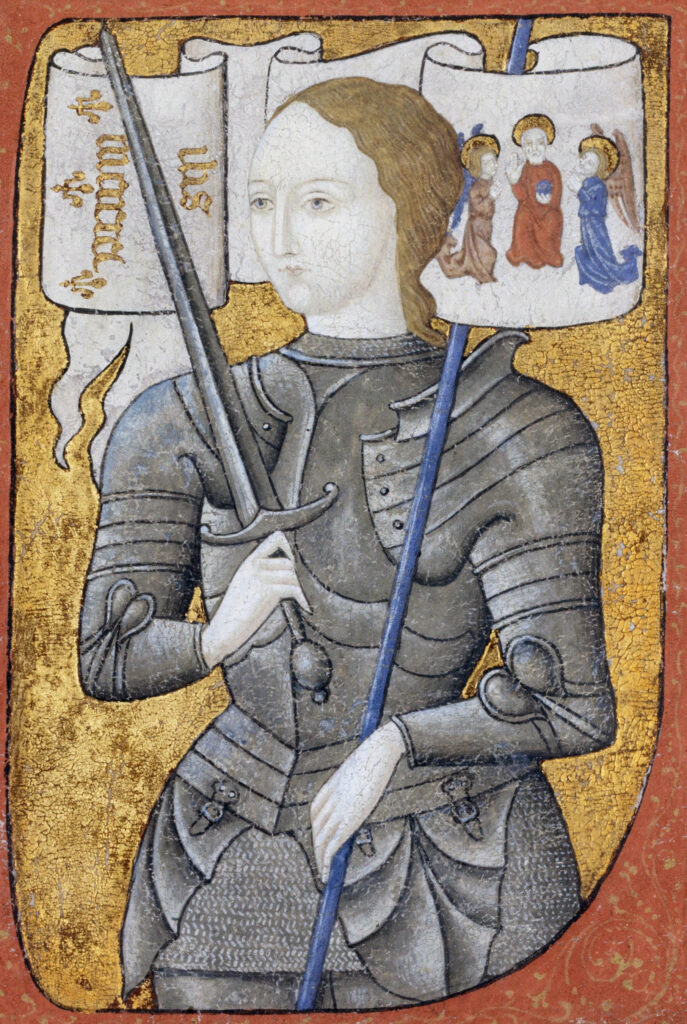The Tableau of Another World
Commemorating 1500 years since the massacre of Christians in Najran with my novel, Jayida
My introduction to Jeanne la Pucelle (d’Arc being the name of her father) was in elementary school history lessons in Brussels.
The potential role of art is not lost on me, when the 19th century painting of Jeanne d’Arc at the Coronation of Charles VII at Reims by Ingres (1854) made a lasting impression on me. Something about her far-off gaze, her towering banner (which I didn’t yet know was her favorite thing), and her (surely inaccurate?!) medieval armor gave off a confidence that surpassed her cruel end. Years of diving into history since then have only deepened my interest in her and the Middle Ages overall, which fellow “medieval souls” may sense has its fair share of negative ‘Dark Ages’ stereotypes, courtesy of Petrarch.
Even after all these years, I find her story full of layers to reflect upon, such as how to live your Christian faith as a woman, prioritizing spiritual and worldly authorities, self-sacrifice, and endurance. Though my book collection on her will surely grow, I’ve mostly read the work of French historian Régine Pernoud. A more recent gem I came upon is Jacques Trémolet de Villers’s Jeanne d’Arc, Le procès de Rouen about her 1431 trial that lasted 100 days, insightfully commented and clarified by the renowned French lawyer-author. It’s as touching and endearing a view into Jeanne as it is an infuriating record of ecclesiastical pride and machinations. There was also a recent 2024 French art expo on the arts in France in the time of Charles VII hosted at the medieval Musée de Cluny.
There’s even suggestions that Jeanne also anticipated the Reformation (which emerged less than a century later), with some of her responses to questions meant to trap her, such as:
“Do you mean to say that you have no judge on this earth? Is not the holy father the Pope your judge?”
Jeanne: “I will not answer further to that. I have a good master–that is, our Lord–to whom only I look, and to none other.”
As a believer who often wishes Christians would obsess over Jesus the way they do over their denominations, this deeply resonates. Though I don’t identify as Catholic–and sadly her story doesn’t reflect well on the Catholic institution, either–I like to think that she embodies one of its best forms. For several reasons (Job 4:18, Rev 22:9, and the fact that hagiographies can be faked), I’ve generally been reluctant of “saints”. But if I had to pick one she would likely top my list and if it’s permitted, she would be someone I’d like to meet in the next life.

*While not a depiction from Jeanne’s lifetime (there are none surviving from anyone who actually saw her), this portrait is closer in style to the 15th century time period she lived in. (Source is: miniature portrait from an illustrated manuscript by Martin Lefranc, 1450 – Archives nationales, France)